In today’s connected world, businesses need to be where their customers are—online.
Digital marketing uses websites, social media, search engines, and other digital channels to connect brands with potential customers.
Unlike traditional marketing, digital marketing offers more precise targeting, real-time performance tracking, and often delivers a higher return on investment.

The digital landscape changes quickly, with new platforms and technologies emerging constantly.
From email campaigns to social media strategies, companies use various online marketing approaches to build brand awareness and drive sales.
These tactics help businesses reach consumers where they spend significant time—browsing the internet, scrolling through social feeds, and searching for solutions to their problems.
Successful digital marketers understand that effective campaigns require both creativity and analytics.
They combine compelling content with data-driven decisions to cut through the noise and deliver messages that resonate with their target audience.
Key Takeaways
- Digital marketing connects brands with customers through multiple online channels while offering better measurement than traditional methods.
- An effective strategy combines various tactics including search optimization, content creation, and social media engagement.
- Data analysis and continuous adaptation are essential for maximizing digital marketing campaign performance.
Developing a Digital Marketing Strategy
A successful digital marketing strategy requires careful planning and execution.
It helps businesses connect with their target audience through the right channels, engage them with valuable content, and measure results to optimize performance.
Understanding Your Target Audience
Knowing your audience is the foundation of any effective digital marketing strategy.
Start by creating detailed buyer personas that represent your ideal customers. These profiles should include demographics, online behaviors, pain points, and goals.
Consider buyer personas to understand what motivates your potential customers.
What problems do they need to solve? Where do they spend time online? How do they make purchasing decisions?
Use tools like customer surveys, social media insights, and website analytics to gather data about your audience.
This information helps you tailor your messaging to address specific needs.
Remember that different segments of your audience may require different approaches.
Don’t treat all prospects the same – customize your strategy to appeal to various buyer types.
Choosing the Right Digital Channels
Select digital channels that align with your audience’s preferences and your marketing goals. Options include:
- Social media platforms (Instagram, LinkedIn, Facebook, TikTok)
- Search engines (through SEO and SEM)
- Email marketing
- Content marketing
- Pay-per-click advertising
- Affiliate marketing
Each channel serves different purposes and reaches different audiences.
For example, LinkedIn works well for B2B marketing, while Instagram might be better for visual consumer products.
Your online marketing strategy must include SEO to improve visibility in search results. This helps prospects find you when searching for solutions.
Integrate multiple channels to create a cohesive experience.
Your social media strategy should complement your email marketing, which should align with your website content.
Creating Compelling Content
Content is the fuel that powers digital marketing.
Create valuable, relevant material that addresses your audience’s needs at each stage of their buying journey.
Content types to consider:
- Blog posts and articles
- Videos and tutorials
- Infographics and visual content
- Podcasts and audio content
- E-books and whitepapers
- Case studies and testimonials
Focus on quality over quantity. One exceptional piece of content will outperform numerous mediocre ones.
Develop an effective value proposition that clearly communicates why customers should choose you.
Make content easily shareable and optimized for search engines. Use keywords strategically without sacrificing readability and user experience.
Measuring and Analyzing Data
Data analysis turns your digital marketing from guesswork into a science.
Establish metrics to track performance and gain insights for ongoing improvement.
Key performance indicators (KPIs) to monitor include:
| Metric Type | Examples |
|---|---|
| Engagement | Clicks, shares, comments, time on page |
| Conversion | Sign-ups, downloads, purchases |
| Audience | Traffic sources, new vs. returning visitors |
| Financial | Cost per lead, ROI, customer acquisition cost |
Use analytics platforms like Google Analytics, social media insights, and email marketing software to collect data.
Review metrics regularly to identify what’s working and what needs adjustment.
A/B testing helps optimize campaigns by comparing different approaches. Test one variable at a time (such as email subject lines or call-to-action buttons) to determine which performs better.
Tactics for Audience Engagement
Building connections with your audience requires strategic approaches that deliver value and encourage interaction.
These tactics help transform passive viewers into active participants who engage with your brand across multiple channels.
Leveraging Social Media Platforms
Social media platforms offer powerful ways to connect with your audience. Facebook, Instagram, and LinkedIn each provide unique opportunities to showcase your brand and build communities.
Content creation should align with each platform’s strengths. Instagram works well for visual storytelling, while LinkedIn excels for B2B thought leadership content. Twitter enables quick interactions and real-time responses.
Successful engagement comes from:
- Responding promptly to comments and messages
- Creating interactive content like polls and quizzes
- Sharing user-generated content to build community
- Using platform-specific features (Stories, Reels, etc.)
Track engagement metrics such as likes, shares, comments, and clicks to refine your approach. Remember that consistent posting schedules help maintain visibility in crowded feeds.
Effective Email Marketing
Email remains a direct channel to reach audiences who have already shown interest in your brand. Building a quality email list should be prioritized over simply collecting addresses.
Personalization dramatically increases open rates and conversions. This includes:
- Segmenting your audience based on behavior or preferences
- Creating targeted content for different customer groups
- Using dynamic content that adapts to individual subscribers
Customer-focused campaigns with clear value propositions outperform generic newsletters. A/B testing subject lines, send times, and content formats helps optimize performance.
Automated email sequences for onboarding, cart abandonment, and post-purchase follow-ups maintain engagement throughout the customer journey. Mobile optimization is essential as most emails are now read on smartphones.
Enhancing Visibility with SEO and SEM
Search visibility drives qualified traffic to your digital properties. SEO focuses on organic ranking improvements while SEM leverages paid advertising to increase visibility in search results.
Effective SEO strategies include:
- Keyword research targeting actual search behaviors
- Creating high-quality content that answers user questions
- Technical optimization for page speed and mobile experience
- Building credible backlinks from relevant websites
Google Ads and other PPC platforms allow for immediate visibility for competitive keywords. Digital marketing strategies should balance both approaches for maximum impact.
Measure performance through clicks, impressions, conversions, and search rankings. Continuous optimization based on these metrics ensures your content reaches the right audience when they’re actively searching for solutions you provide.
Frequently Asked Questions
Digital marketing has many moving parts and considerations for businesses of all sizes. These questions address strategy development, performance measurement, career skills, content integration, emerging trends, and small business applications.
What are the essential components of a successful digital marketing strategy?
A successful digital marketing strategy starts with clear goals that align with business objectives. These goals should be SMART: specific, measurable, achievable, relevant, and time-bound.
Understanding the target audience is crucial for strategy development. This includes creating detailed buyer personas based on demographics, behavior patterns, and pain points.
The strategy should incorporate multiple channels like SEO, social media, email marketing, and paid advertising. Each channel serves different purposes but should work together cohesively for maximum impact.
Regular analysis and optimization are essential components that allow for quick adjustments when certain tactics aren’t performing well.
How can businesses measure the effectiveness of their digital marketing campaigns?
Key performance indicators (KPIs) provide concrete metrics to evaluate campaign success. Common KPIs include website traffic, conversion rates, click-through rates, cost per acquisition, and return on investment.
Analytics tools like Google Analytics help track user behavior and campaign performance. These tools provide insights into which channels drive the most traffic and conversions.
Attribution models help businesses understand which touchpoints influence customer decisions. This allows for more accurate allocation of marketing budgets to high-performing channels.
Customer feedback and surveys offer qualitative data that complements quantitative metrics, providing a more complete picture of campaign effectiveness.
What skills are necessary to pursue a career in digital marketing?
Analytical skills are essential for interpreting data and making informed decisions. Digital marketers must be able to identify trends and patterns in customer behavior and campaign performance.
Technical skills including familiarity with SEO principles, content management systems, and basic HTML can be valuable in various digital marketing roles.
Content creation abilities are important as quality content drives many digital marketing channels. This includes writing, graphic design, and video production skills.
Adaptability is crucial in this rapidly evolving field. Digital marketers need to stay current with platform changes, algorithm updates, and emerging technologies.
How does content marketing fit into an overall digital marketing plan?
Content marketing serves as the foundation for many digital marketing channels. It provides value to audiences while supporting SEO efforts, social media engagement, and email campaigns.
Quality content builds brand authority and trust with potential customers. Educational blog posts, videos, infographics, and case studies position businesses as industry experts.
Content should be created with specific goals and distribution channels in mind. Different formats work better on different platforms and for different stages of the buyer’s journey.
A content calendar helps maintain consistency and ensures content aligns with marketing campaigns and seasonal opportunities.
What are the latest trends in digital marketing to be aware of?
AI and machine learning are revolutionizing personalization and automation. These technologies help create more relevant content and advertisements based on user behavior.
Video continues to grow in importance across platforms. Short-form videos on TikTok, Instagram Reels, and YouTube Shorts are particularly effective for reaching younger audiences.
Voice search optimization is becoming essential as smart speakers and voice assistants gain popularity. This requires adapting SEO strategies to match conversational queries.
Privacy-focused marketing is emerging in response to increasing regulations and consumer concerns. Marketers are finding ways to deliver personalized experiences while respecting user privacy.
How do small businesses benefit from digital marketing compared to traditional marketing?
Digital marketing offers small businesses cost-effective alternatives to expensive traditional campaigns.
Pay-per-click advertising, for example, allows businesses to pay only when potential customers take action.
Targeting capabilities enable small businesses to reach specific demographics. This precision minimizes wasted ad spend on audiences unlikely to convert.
Digital marketing provides measurable results that traditional methods often lack. Small businesses can track performance in real-time and adjust strategies accordingly.
The digital landscape levels the playing field, allowing small businesses to compete with larger companies.
With creativity and strategy, small businesses can achieve significant visibility online.




